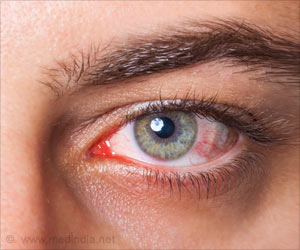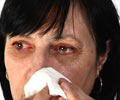Dry eye syndrome: Newly developed self-moisturizing smart contact lens can now treat dry eyes effectively.

‘New self-moisturizing soft contact lens that supplies tears via electroosmotic flow from the temporary tear reservoir behind the lower eyelid can relieve dry eyes.’
Read More..




Smart contact lenses are wearable devices that could accelerate vision beyond natural human capabilities. They are being developed for a wide range of applications from non-invasive monitoring to vision correction to augmented reality display.Read More..
"Although there have been many recent advancements in new functions for smart contact lenses, there has been little progress in solving the drawbacks associated with wearing contact lenses day to day," says Professor Matsuhiko Nishizawa, an engineer at Tohoku University.
One of the biggest problems with contact lenses is they can cause "dry eye syndrome" due to reduced blinking and increased moisture evaporation. Dry eye syndrome can lead to corneal wounds and inflammation as well as a feeling of discomfort.
In order to tackle this important problem, the researchers developed a new mechanism that keeps the lens moist. The system uses electroosmotic flow (EOF), which causes liquid to flow when a voltage is applied across a charged surface. In this case, a current applied to a hydrogel causes fluid to flow upwards from the patient's temporary tear reservoir behind the lower eyelid to the surface of the eye.
"This is the first demonstration that EOF in a soft contact lens can keep the lens moist," says Nishizawa.
Advertisement
Further research is needed to develop improved self-moisturizing contact lenses that are tougher and capable of operating at smaller currents.
Advertisement
Source-Eurekalert















